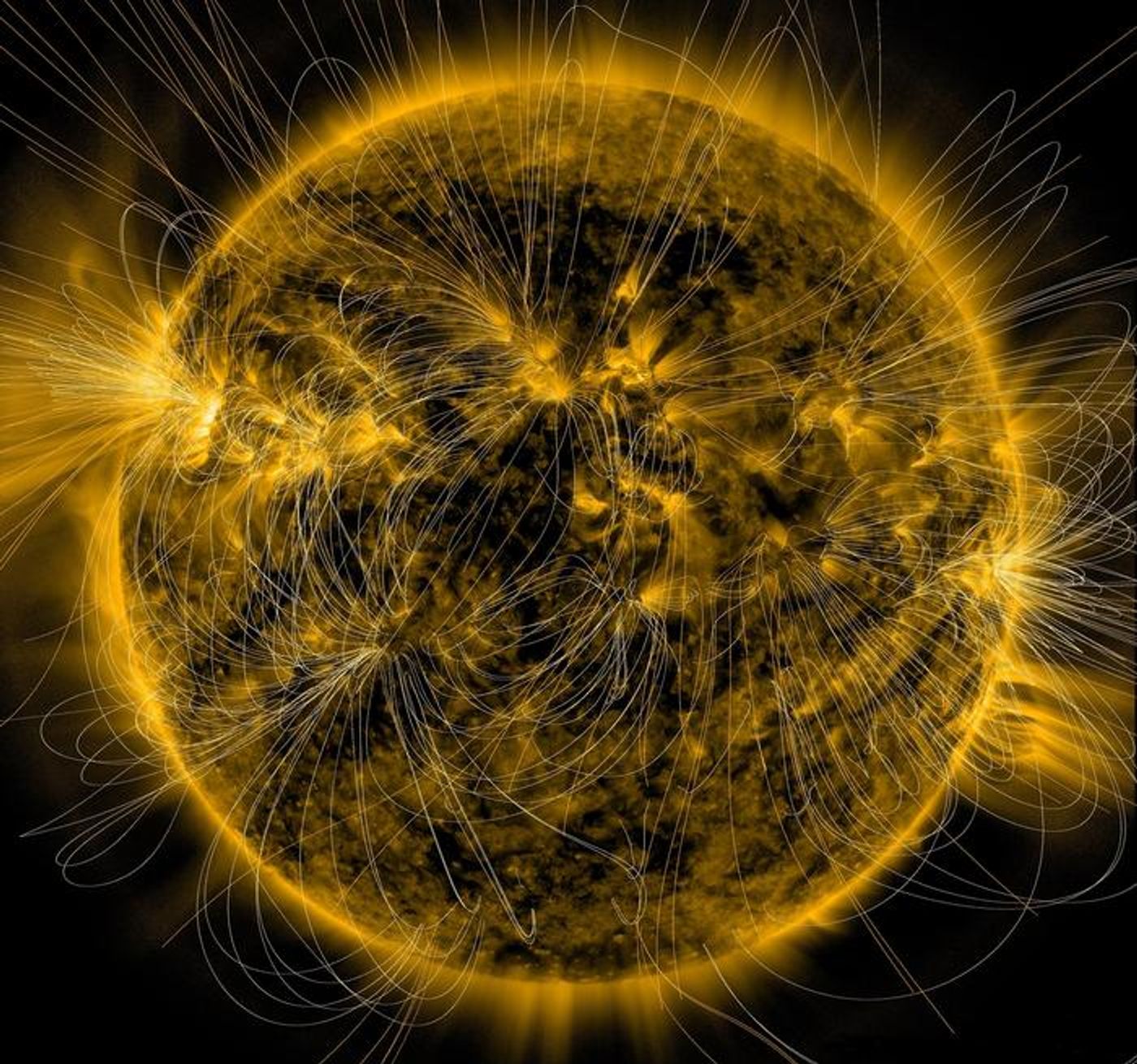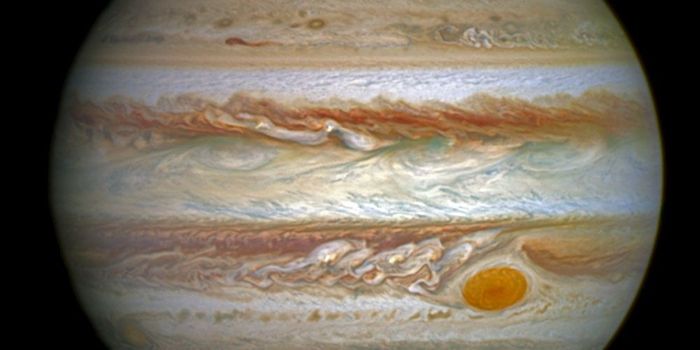New Discovery Pinpoints Origin of Sun's Magnetic Field
The Sun’s magnetic field is an incredibly powerful mechanism that produces equally powerful solar storms, some of which resulted in the recent aurora activity observed as far south as the State of Florida. However, in the 400 years since Galileo Galilei first discovered the Sun’s magnetic field, scientists have been stumped regarding where inside the Sun the magnetic field originates. This is what a study published today in Nature hopes to address as a team of international researchers have discovered how deep inside the Sun the magnetic field originates, which holds the potential to help scientists better understand and predict solar storms.
“Understanding the origin of the sun’s magnetic field has been an open question since Galileo and is important for predicting future solar activity, like flares that could hit the Earth,” said Dr. Daniel Lecoanet, who is an Assistant Professor of Engineering Sciences and Applied Mathematics at Northwestern University and a co-author on the study. “This work proposes a new hypothesis for how the sun’s magnetic field is generated that better matches solar observations, and, we hope, could be used to make better predictions of solar activity.”
For the study, the researchers used a NASA supercomputer to conduct several calculations to ascertain if the source of the Sun’s magnetic field was close to the surface or much deeper, as previous hypotheses have stated the magnetic field’s source is more than 130,000 miles beneath the surface of the Sun. In the end, the researchers of this latest study estimated the source of the Sun’s magnetic field is approximately 20,000 miles beneath the surface. For context, the diameter of the Sun is just over 865,000 miles across, so these new findings indicate the magnetic field originates approximately 2 percent beneath the Sun’s surface, as opposed to 15 percent based on the previous hypotheses.
Image of the Sun captured by NASA’s Solar Dynamics Observatory with illustrated magnetic field lines depicting the Sun’s magnetic field. (Credit: NASA/SDO/AIA/LMSAL)
As noted, these new findings have helped solve a mystery that has been puzzling scientists for over 400 years since Galileo Galilei first observed sunspots in 1612, which are caused by changes in the Sun’s magnetic field. Additionally, better understanding the source of the Sun’s magnetic field will help astronomers and space weather experts more accurately predict space weather, as such activity can wreak havoc on satellites orbiting Earth and power grids on the Earth’s surface.
Arguably the most intense solar storm ever recorded was the Carrington Event that occurred between September 1-2, 1859, which not only caused aurorae to be observed around the globe but also severely damaged telegraph stations across the United States and Europe for those two days.
What new discoveries about the Sun’s magnetic field will scientists make in the coming years and decades? Only time will tell, and this is why we science!
As always, keep doing science & keep looking up!
Sources: WRDW, Nature, EurekAlert!, The University of Edinburgh, Wikipedia









